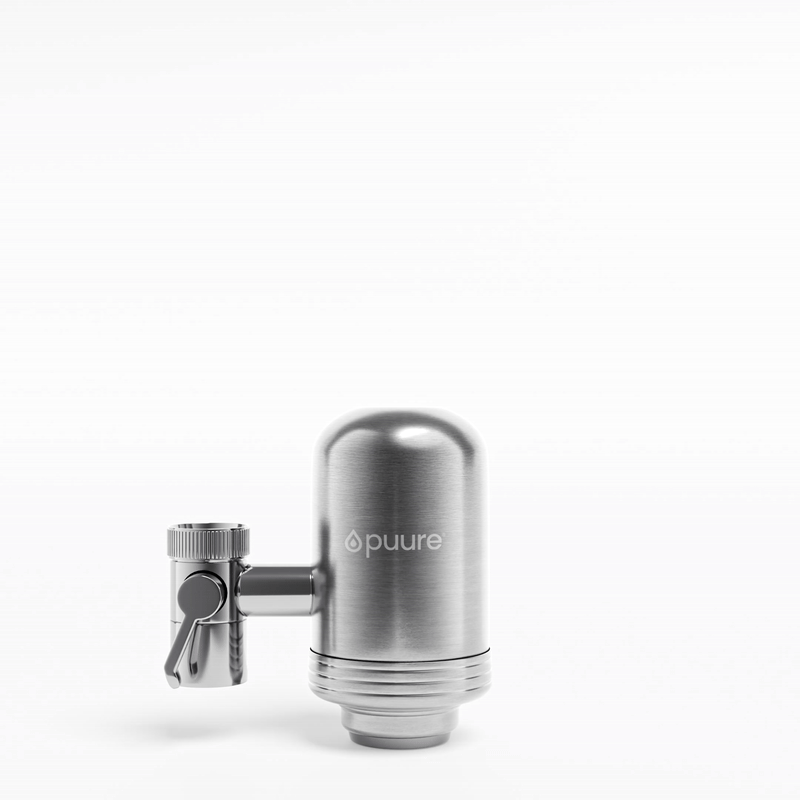
An innovative technology for purer water
Puure® uses an advanced blend of Activated Carbon and Ultrafiltration, filtering down to 0.1 micron—that’s 1,000x finer than typical water jugs, which only filter around 100 microns.
This ultra-precise system removes fine particles, heavy metals, chlorine, microplastics, and more — all while preserving essential minerals.
With Puure®, your tap water becomes clean, healthy, and great-tasting — straight from the source.

Tested to NSF/ANSI Standard 42
Our filter has been independently tested by NSF International in the United States and meets the requirements of NSF/ANSI 42 for material safety.
This means that the components in contact with water do not release any harmful substances and are safe for use with drinking water.The full test report is available upon request.
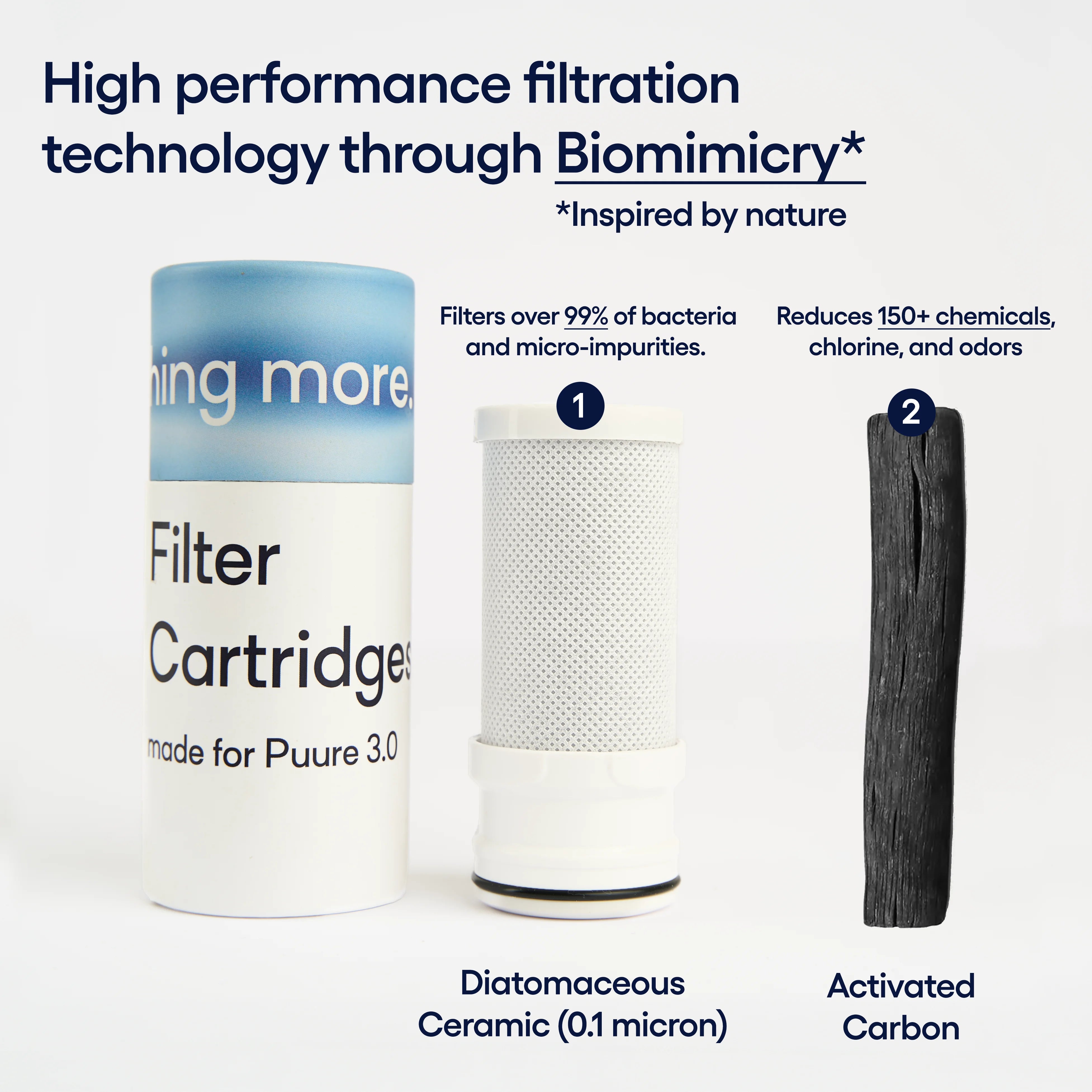
Dual-Action Filtration with 0.1 Micron Precision
1. Micron-level membrane
Physically blocks over 99% of fine particles, sediments, and bacteria as small as 0.1 micron.
2. Activated carbon core
Reduces over 150 contaminants, including chlorine, chemicals, bad taste, and odor through advanced adsorption.
Puure® 3.0 reduces over 150 contaminants for cleaner, safer water.
Puure® 3.0 filters down to 0.1 micron, reducing common tap water pollutants like chlorine, heavy metals, microplastics, and chemical residues — while preserving essential minerals. The result? Clean, safe, and great-tasting water, straight from your tap — every day.
Chlorine, often used to disinfect drinking water, can alter its taste and smell. Its by-products, such as trihalomethanes, may pose long-term health risks.
With Puure, these elements are effectively reduced, giving you neutral-tasting water—perfect for daily hydration and cooking.
PFAS, or per- and polyfluoroalkyl substances, are a large group of synthetic chemicals used in industry since the 1940s for their water- and grease-resistant properties. They are commonly found in food packaging, water-repellent textiles, firefighting foams, and various industrial products.
Among them, PFOA (perfluorooctanoic acid) is especially concerning due to its extreme chemical stability, which makes it highly persistent in the environment and drinking water.
Over time, these substances accumulate in the human body and have been linked to potential health risks, including hormonal disruption, liver damage, and effects on fetal development.
Pesticides from intensive farming practices can remain in water even after treatment. These substances are linked to endocrine disruption and an increased risk of chronic diseases.
Puure helps reduce these contaminants, delivering cleaner water—even in rural areas.
Invisible to the naked eye, microplastics are a growing concern for human health. Repeated ingestion may lead to inflammatory and hormonal disorders.
With its 0.1 micron filtration, Puure acts as a powerful barrier against these particles, ensuring plastic-free water.
Often coming from old pipes or industrial discharge, heavy metals are toxic to the nervous system and vital organs. Puure helps filter them out effectively, improving water safety.
Rust, sand, and lime particles from aging plumbing can affect both the clarity and taste of water.
Puure captures these sediments, offering clean, clear water—ideal for drinking and protecting your appliances.
Backed by Science.
A filtration method grounded in real research.
Our filtration method combines proven materials and technologies designed to target the most common tap water contaminants — including pesticides, heavy metals, chlorine, and microplastics.
Inspired by industry-leading research and engineered with precision, our system offers a cleaner, safer, and better-tasting water experience, with no compromises.

Microplastic Removal from Drinking Water Using Point-of-Use Devices
"Two POU devices that incorporate MF technologies exhibited 78–86% and 94–100% removal values for PVC and PET fragments, respectively."
Cherian, A.G. et al. (2023). Microplastic removal from drinking water using point-of-use devices.Scientific Reports, 13, Article number: 3284.
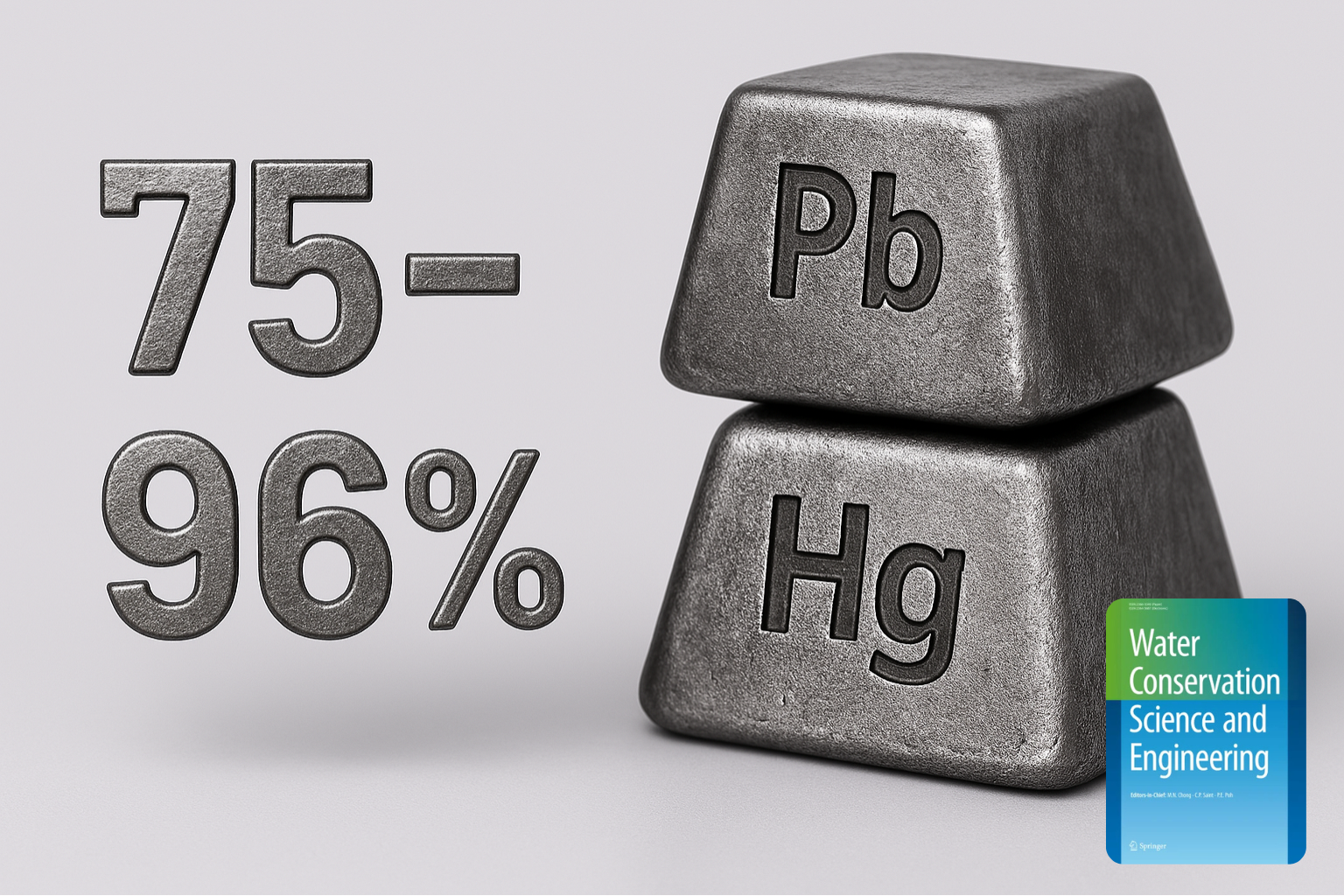
Activated carbon removes up to 96% of heavy metals from water
"Experimental investigations reveal that AC can achieve substantial heavy metal removal efficiencies, ranging from 75 to 96%, contingent upon factors such as dosage, solution pH, surface properties, and contaminant concentrations."
Pet, I. et al. (2024). Recent Developments in the Implementation of Activated Carbon as Heavy Metal Removal Management.Applied Water Science, Springer.
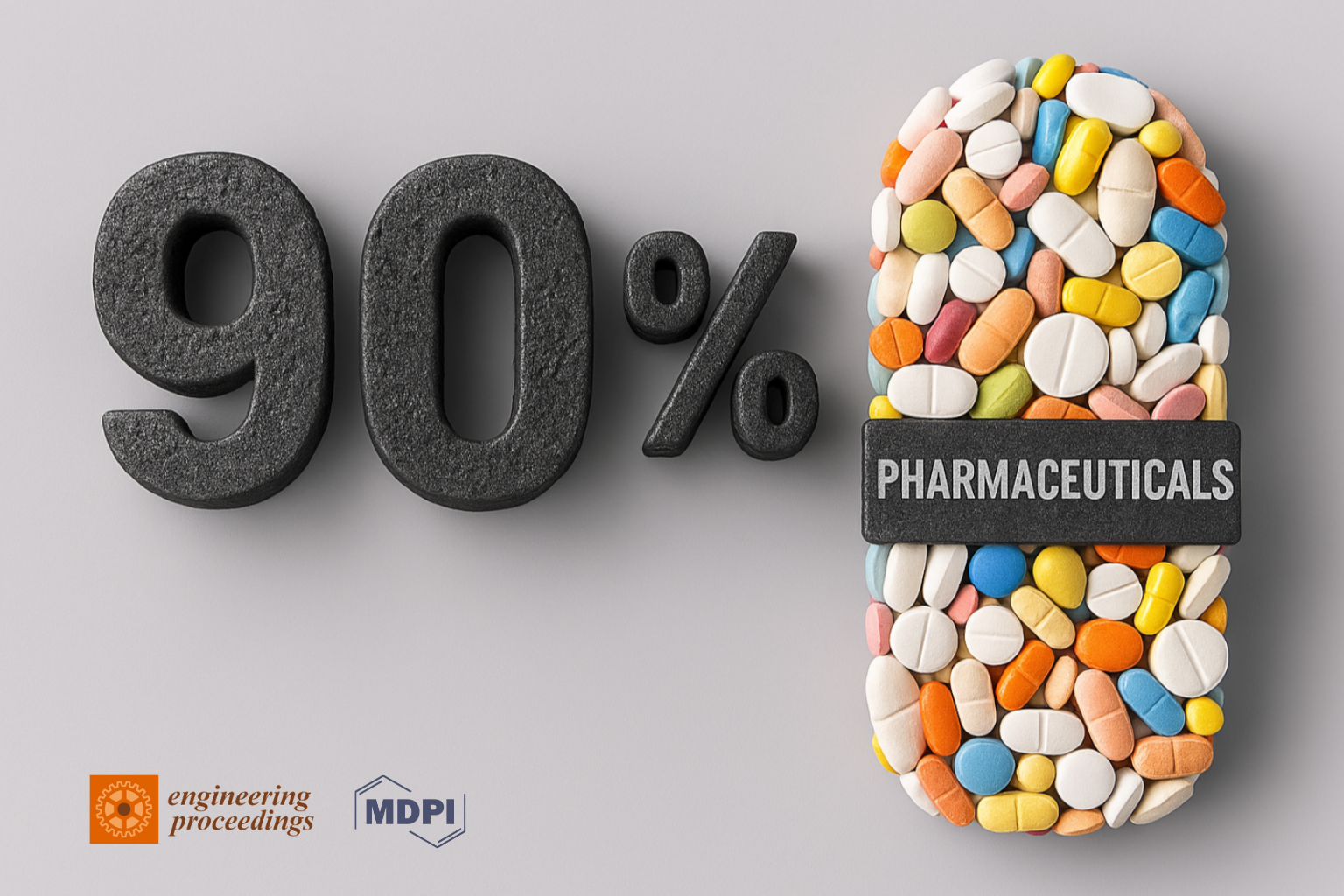
Adsorption of Pharmaceuticals and Personal Care Products on Granular Activated Carbon
"This project evaluated the feasibility of using granular activated carbon (GAC) for removing certain carcinogenic volatile organic compounds (VOCs)"
González, M.N. et al. (2023). Adsorption of Pharmaceuticals and Personal Care Products on Granular Activated Carbon.Proceedings, 57(1), 33.
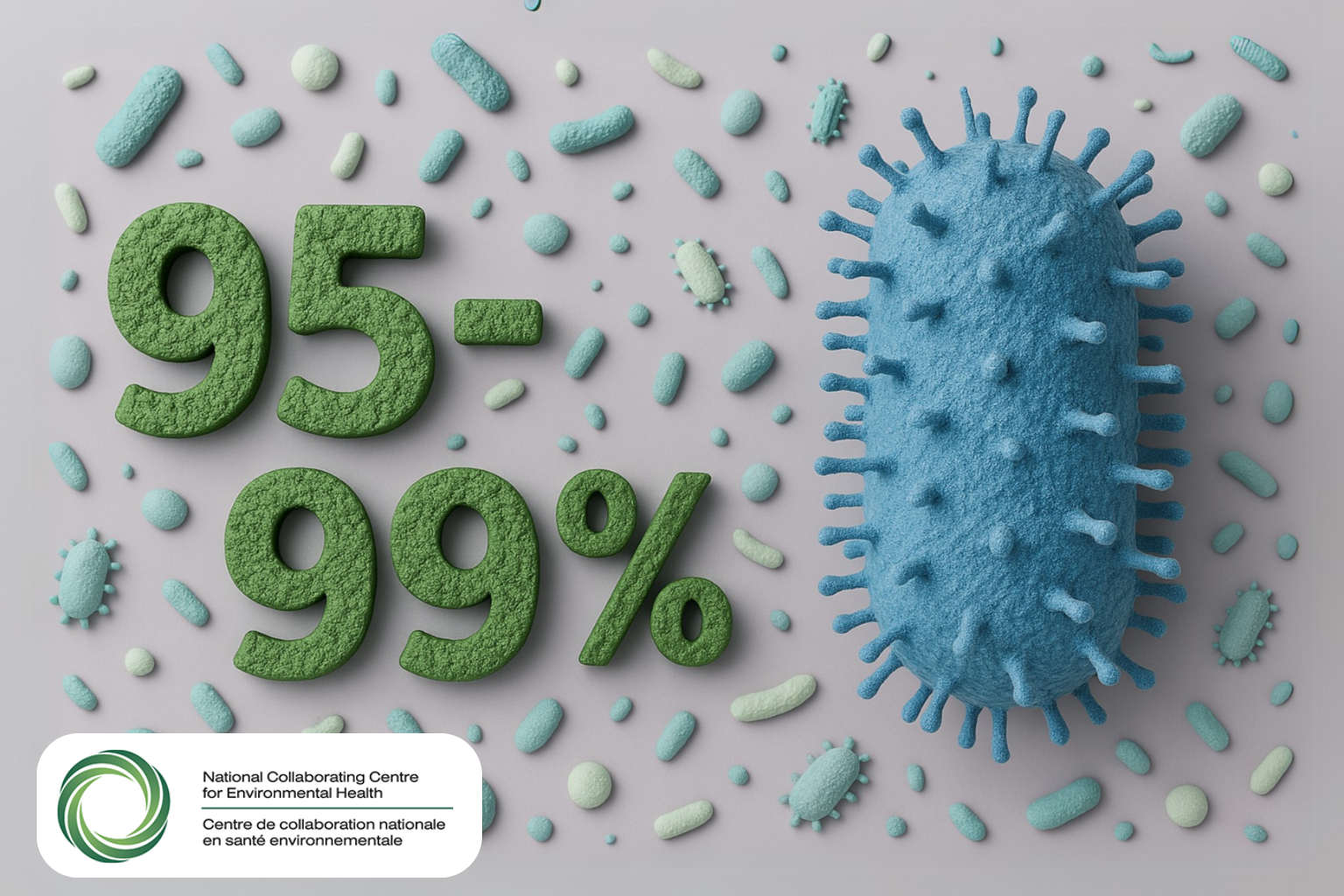
Activated carbon removes up to 99% of microorganisms
"A minimum of 3 log₁₀ (i.e., 99.9%) Cryptosporidium oocyst reduction is achieved with activated carbon filters (including 0.1–0.2 µm pre-filter/filter), ceramic filters (0.2 µm), and silver-coated filters."
National Collaborating Centre for Environmental Health (NCCEH). (2008). When Can Point-of-Use Water Filters be Used for Removal of Turbidity and Protozoa? Technical Report.
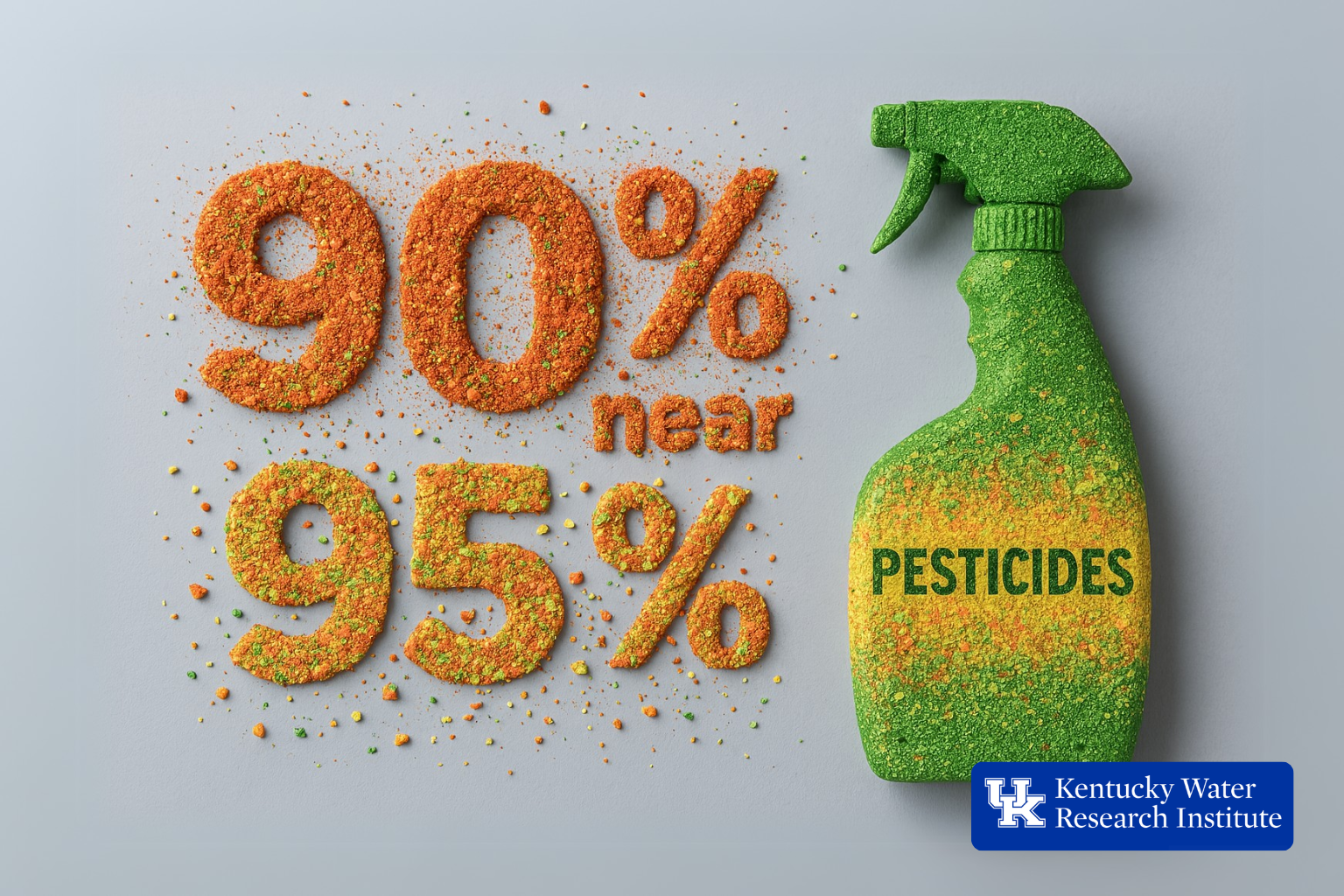
Activated carbon: the most effective method for removing pesticides from water
"Of the processes investigated adsorption with activated carbon was determined to be the most effective in removing pesticides from water. The removals obtained were :- Malathion near 100 percent; - 2 ,4-D, 90 percent; - DDT, 95 percent; - Aldrin, near 100 percent; - Dieldrin, 90 percent. "
Whitehouse, J.D. (1967). A Study of the Removal of Pesticides From Water. University of Kentucky, Water Resources Research Institute. Report No. 85.

Removal of Volatile Organic Contaminants (VOCs) via Granular Activated Carbon Treatment
"This project evaluated the feasibility of using granular activated carbon (GAC) for removing certain carcinogenic volatile organic compounds (VOCs)"
U.S. Environmental Protection Agency (EPA). (1989). Removal of Volatile Organic Contaminants from Drinking Water by Granular Activated Carbon. Report No. EPA/600/2-89/050.
Why Are These Pollutants in Your Water?
Microplastics
Originating from plastic pollution, microplastics are present in 83% of tap water supplies.
They accumulate in the body, with their long-term effects still largely unknown.
Pesticides & Herbicides
Washed away by agricultural runoff, these chemicals infiltrate groundwater and rivers.
They can disrupt the hormonal system and pose neurological risks.
Chlorine & Chloramine
Used to disinfect drinking water, but their presence can be problematic.
They alter taste and odor.
Heavy Metals (Lead, Mercury, Cadmium, etc.)
Originating from old pipelines and industrial pollution.
They are neurotoxic and can affect the liver, kidneys, and brain development.
Pharmaceutical Residues
Originating from medications discharged into wastewater, which are difficult to remove in treatment plants.
Their long-term health effects remain unknown, with a risk of antibiotic resistance.
PFAS ("Forever Chemicals")
Chemical substances used in packaging and textiles.
They act as endocrine disruptors, accumulate in the body and the environment, and pose long-term health risks.
The Science Behind Puure
Technical Basis & Experimental Evidence
Puure® relies on established filtration technologies such as activated carbon and ultrafiltration, known for their ability to reduce a broad spectrum of tap water contaminants.
The following experiments illustrate how these methods perform under controlled conditions.
Experiment 1
Microplastic Removal with 1-Micron Filtration
1. Contaminated Water Preparation
Researchers collected clean water and introduced synthetic microplastics of varying sizes:
- 100 microns (size of a human hair)
- 10 microns (size of a blood cell)
- 1 micron (size of a bacterium)
2. Filtration Through Different Filters
The contaminated water was passed through:
- An activated carbon filter alone
- A 5-micron ceramic filter
- A 1-micron ceramic filter
3. Pre- and Post-Filtration Analysis
Scientists used an electron microscope to count the remaining particles in the filtered water.
Results
| Filter Type | Microplastics Removed | Overall Efficiency |
|---|---|---|
| No Filtration | 0% | 0% |
| Activated Carbon Only | 1-10 µm: 10% >10 µm: 50% |
Moderate |
| Ceramic (5 µm) | 1-10 µm: 20% >10 µm: 70% |
Good |
| Ceramic (1 µm) | 1-10 µm: 80% >10 µm: 99% |
Excellent |
Conclusion
A 1-micron ceramic filter can remove 99.9% of microplastics, including the smallest particles.
Activated carbon alone is insufficient to block fine solid particles.
These findings highlight the importance of high-precision filtration in ensuring cleaner, safer water.
Experiment 2
The Effectiveness of Activated Carbon Against Chemical Pollutants
1. Preparation of Contaminated Water
Researchers collected clean water and introduced the following contaminants:
- Chlorine (1.5 mg/L, similar to tap water levels)
- Atrazine (a common pesticide, 50 µg/L)
- Benzene (an organic pollutant, 10 µg/L)
2. Filtration Through Different Filters
The contaminated water was passed through:
- A ceramic filter alone
- An activated carbon filter
- A combined ceramic + activated carbon filter
3. Pre- and Post-Filtration Analysis
Scientists used a spectrometer to measure the concentrations of pollutants after filtration.
Results
| Filter Type | Chlorine (mg/L) | Atrazine (µg/L) | Benzene (µg/L) | Overall Filtration |
|---|---|---|
| No Filtration | 1.5 | 50 | 10 | 0% |
| Ceramic Only | 1.4 | 45 | 9 | Low |
| Activated Carbon Only | 0.1 | 5 | 1 | Very Good |
| Ceramic + Activated Carbon | 0.05 | 2 | 0.5 | Excellent |
Conclusion
Activated carbon removes more than 95% of chlorine and chemical pollutants.
Ceramic alone does not effectively capture dissolved substances.
The combination of activated carbon and ceramic provides the highest level of purification.